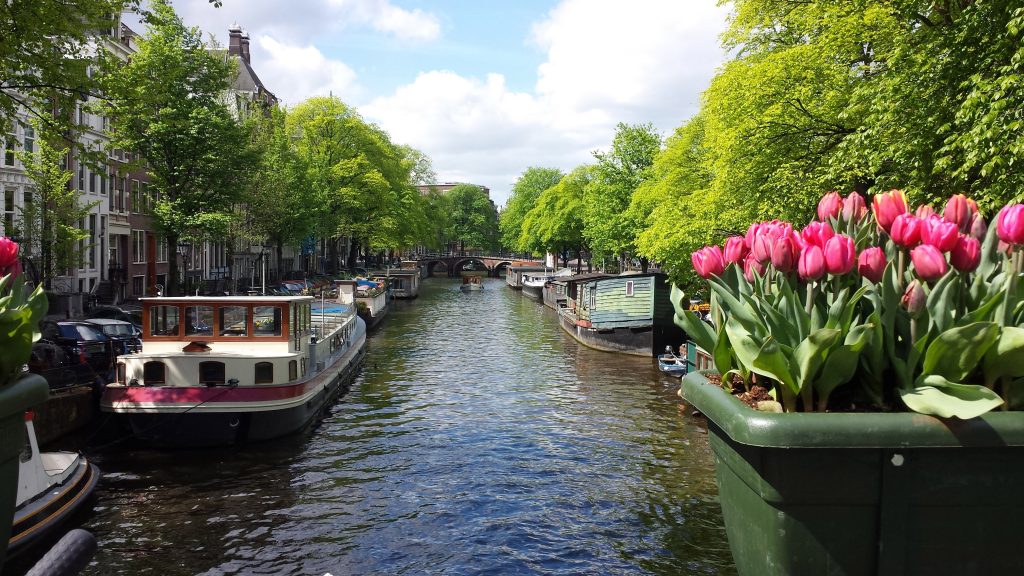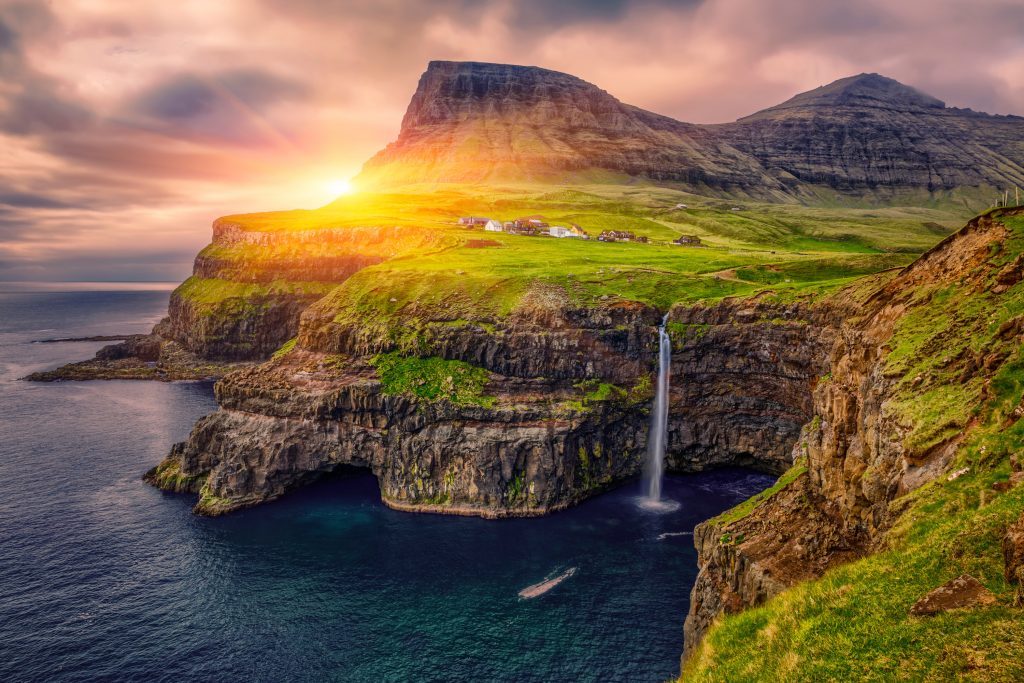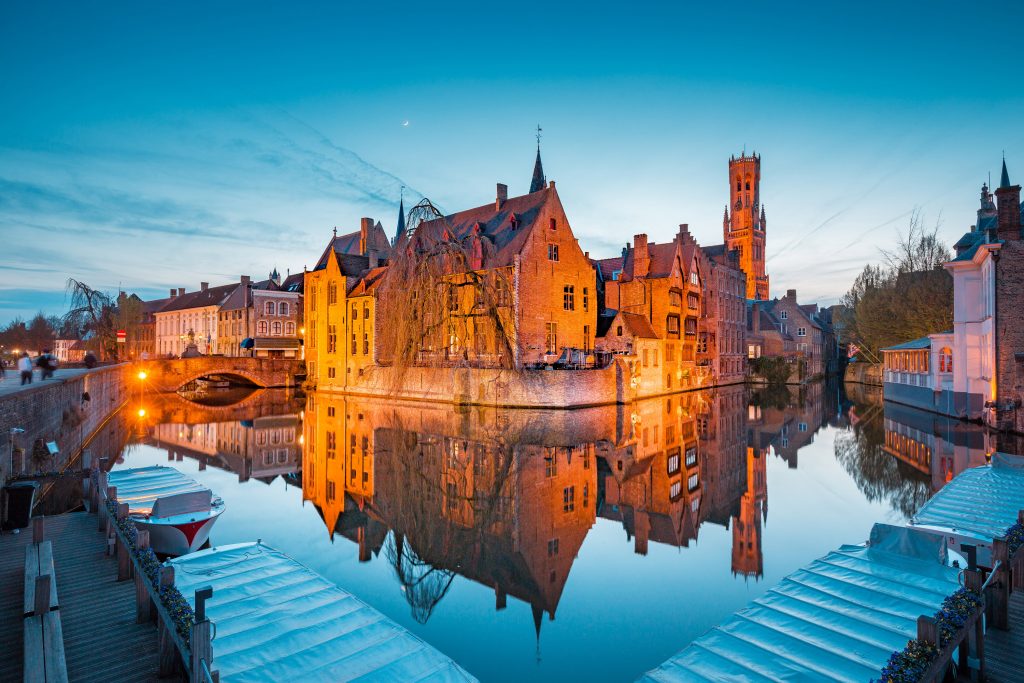By now, it should be crystal clear that a major issue plaguing the travel and tourism industry is overtourism. Still unsure what overtourism really means and who it concerns? We recently explained the concept in detail and unpacked why every single person and entity working in the adventure travel industry needs to be aware of and care about overtourism.
Dwelling on the problem doesn’t fix anything, however, so in the spirit of the Adventure Travel Trade Association’s (ATTA) ethos, we want to steer our coverage of overtourism beyond talk and toward action. We want to share thoughts about what we can do to ensure a destination benefits from healthy tourism and is not ruined by the perils of overtourism. A few destinations recently launched new long-term strategies demonstrating smart approaches to managing tourism growth for a healthy future. It is clear every destination is unique and not every best practice is automatically applicable to all, but we would like to highlight the strategic thinking, new ideas, and positive efforts for other destinations seeking to address overtourism in their own backyards.
The Netherlands: Smart Marketing Targets Guests Who Meet Destination Standards
Many destinations experience excessive growth because they cast a broad net in their marketing efforts targeting large and loosely defined demographic segments based only on country of origin. Identifying travelers based on nationality is highly ineffective as two neighboring families may travel very differently and display holiday behavior that impacts destinations differently.

In a market reality where 1.4 billion international travelers are looking for their next place to visit, destinations need to be much more selective in the type of visitors they invite. An effective approach is using behavioral segmentation that profiles travelers based on their values, travel styles, and likely behaviors during holiday experiences. This allows marketing efforts to be calibrated so they target only the types of guests who will be appreciative and respectful to what the destination has to offer, and whose visit is likely to generate the best possible local impact.
The Netherlands is a great example of using behavioral profiling and constructing a destination management strategy around it. The recently published document exhibits contemporary smart destination thinking “to amalgamate tourism with the everyday society as optimally as possible, to optimize the benefits for Dutch people and the economy, and to minimize overload trouble,” particularly with its personas that present the preferred visitor target groups — visitors that “add value and will not cause trouble.” Further, the destination also states a need to “stop actively attracting groups of visitors who are a nuisance or do not add sufficient value,” which includes "limiting the accommodation and entertainment products aimed at these groups” or ceasing to offer these products altogether. These statements in the strategy reflect the spirit and philosophy that prompt precise identification of the visitor that is a best fit for the destination.
The Dutch tourism board has selected five groups representing the best matches between the destination’s offerings and travelers’ desires. The five personas — Upper-class Paul, Postmodern Nora, Achiever Michael, Mainstream Peter, and Traditional Mary — are smart persona descriptions grounded in extensive research and feature their main demographic characteristics, favorite car and house, a peek at their daily calendar with meetings and notes, hobbies, and other personal preferences. This general information is followed by insight about travel preferences, preferred holiday styles, and a detailed overview of likely traveler behavior if the persona visits the Netherlands. This includes a description of what is in their luggage, where they are likely to stay, and what activities they are likely to engage in.
Developing such detailed personas requires thorough research and analysis, but it is exceptionally beneficial because it generates a very detailed image of the type of visitors the destination wants to target through marketing efforts. The detailed information about likely behaviors visitor before and during a holiday in the Netherlands allows for precise targeting not only at the destination level but also by all stakeholders on the ground. This allows for smarter destination-level decision-making, better itinerary design, and proper shaping of services and pricing strategies. It also guides all stakeholders in aligning products and services from a destination-level perspective in a way that is gentle to the local place and residents.
The Faroe Islands: Setting the Right Performance Indicators to Measure Success
An increasing number of stakeholders in the global tourism ecosystem are feeling uneasy with the continued focus on volume as the main measure of success in the sector. Many destinations acknowledge the number of arrivals and heads in beds may not be the best way to track economic impact, but transitioning away from that is not an easy task.

Why is using volume-based measurements a problem? The main reason is volume-based success measurements produce volume-based decision-making. If destination teams’ work quality and future budgets are decided on the basis of how many tourists cross the border, they will continue implementing measures to attract more people regardless of local impact and their personal opinions about whether this is right or wrong.
If they are not productive or sustainable measurements, why do we continue striving to reach maximum capacity? The main reason we are still stuck with purely volume-based measures is that all attempts to produce reliable measurements of the comprehensive socio-economic impacts of tourism produce complex, multi-layered indicator systems, which destinations find challenging to adopt. If we are to replace arrivals as the norm for measuring growth we need to find an alternative of up to three non-volume-related indicators that are not complicated to monitor and measure.
The Faroe Islands routinely challenges the norm. Just a few months ago, it surprised professional circles and went against conventional wisdom with a campaign announcing it was closing “for maintenance.” Unsurprisingly, the Faroe Islands once again challenged the tourism status quo with its sustainable tourism development strategy 2025. This strategy clearly states “tourism is not solely about numbers; it is also about adding non-material value to a society and its people, and about ensuring that our country continues to develop as an interesting place to live.”
The strategy notes “growth is only a good thing if it happens sustainably, with the unique nature and culture of the islands, and the needs of the Faroese people, as its principal beneficiaries. Instead of trying to halt an inevitable development, tourism should be used as a tool to create a better society for all Faroe Islanders.” To ensure the destination keeps this vision in mind, it has formulated three clear, key objectives to pursue as indicators for success:
- Socio-economic revenue,
- Agreement of visitors with brand promise, and
- Perception of local citizens that tourism is net positive.
The brand promise the Faroe Islands makes to future visitors is that they will experience an “unspoiled, unexplored, and unbelievable” place. This promise can be fulfilled only if guests feel uncrowded and welcome and can engage with nature and the local culture in an authentic manner. The destination seeks a 90% agreement with the brand promise. This means it hopes to achieve 90% guest satisfaction, which is likely to result in word-of-mouth promotion.
Measuring resident perception is a fantastic alternative to complicated multi-layered indicators tracking tourism’s many impacts. Local communities live in the destination and are the first to sense negative impacts such as rising property prices, overcrowding, and shops closing that service locals. Instead of trying to track all of these possible effects, measuring residents’ perceptions about whether tourism is good for their home place is an easy and effective indicator.
As with every solution, it is likely the set of success measures chosen by the Faroe Islands will have its disadvantages. Regardless of whether this turns out to be the case or not, it is worth celebrating the bold effort to find feasible alternatives to tracking arrivals and test them for the benefit of an entire industry.
Visit Flanders: Committed to Putting Residents and the Place First
ATTA team members frequently talk about the need to view tourism as a vehicle for bettering places and societies, rather than as a goal in itself. This belief is at the core of another recent and smart destination strategy — that of Visit Flanders. According to the destination, “local governments, enterprises, and residents hold the keys to harnessing the positive power of tourism in their places,” and this positive power should be applied so visitors are “moved, enriched, enlivened, and enchanted by the unique spirit of a place.”

The idea that destinations and their residents should take more control over how they want tourism to happen is the essence of the much-needed transition from destination marketing to destination management. Visit Flanders is promoting a vision of a place where residents, entrepreneurs, and visitors interact in ways that enrich the place and its beauty rather than the other way around: “Being aware, taking responsibility, connecting, and collaborating” are “the four ingredients for making the transition from a tourist destination to a flourishing place and community.”
Framing success around the flourishing destination leads to a different mindset in planning and managing tourism, and it automatically reframes tourism as a vehicle leading toward a bigger goal. The wellbeing of a place and its residents cannot be sacrificed in the name of tourism.
Vienna: Nudging Guests to Experience, Not #Experience
The new media landscape has empowered destinations to reach and engage visitors in many new ways, but the rise of digital and social media has also produced some undesired behaviors. There are countless stories about sudden waves of visitors overwhelming charming streets, flowering fields, or pristine natural areas. Many of these visitors are inspired by images shared on Instagram or Facebook to take their own selfies in the same places. In addition to fueling harmful spikes in visitor flows, social media platforms have shifted travelers’ focus away from the destination and toward the screen of their mobile devices. This transforms the visitor into a body that is merely physically present in the destination but is not actually experiencing it in a mindful manner.

A recent campaign by the Vienna Tourist Board seeks to remedy that. Vienna was at the forefront of using social media in its marketing efforts, so it is not surprising it’s leading the way toward undoing some of the damage produced by today’s digital obsession. Under the tagline “Enjoy Vienna. Not #Vienna.” the campaign seeks to encourage its guests to put their devices aside and use all their senses to engage with one of Europe’s signature cities. Don’t worry, the campaign promises, ”going offline or enjoying the benefits of digital detox does by no means mean missing out on adventures or explorations all over the city. It’s all about taking in the beauty, impressions, and flavors Vienna has to offer.”
Ensuring visitors connect with the place and are mindfully present are necessary conditions for respectful behavior toward the destination and its residents, and Vienna’s effort to move guests’ attention from the device to their surroundings is worth celebrating.
As we continue monitoring the travel industry for new ways of thinking about smart destination management and ensuring a healthy future for the places people visit, we will continue sharing them. And, as we learn about, explore, and share these innovative approaches and strategies, we’ll also introduce aspects of them in our work with partner destinations around the world in an effort to keep tourism as a force for good. We are open to hearing from you about other best practices you come across and think are worth celebrating and sharing.
